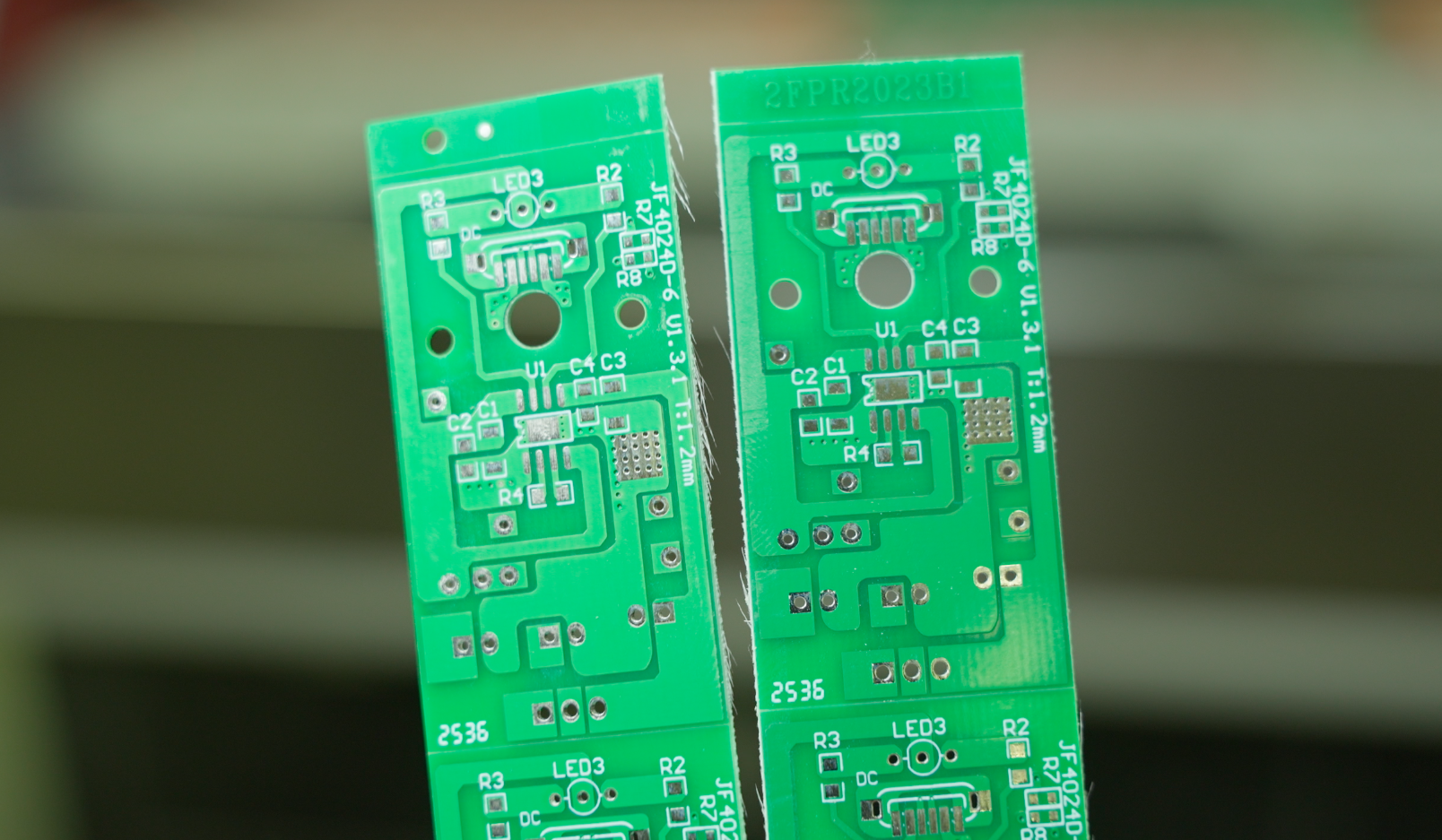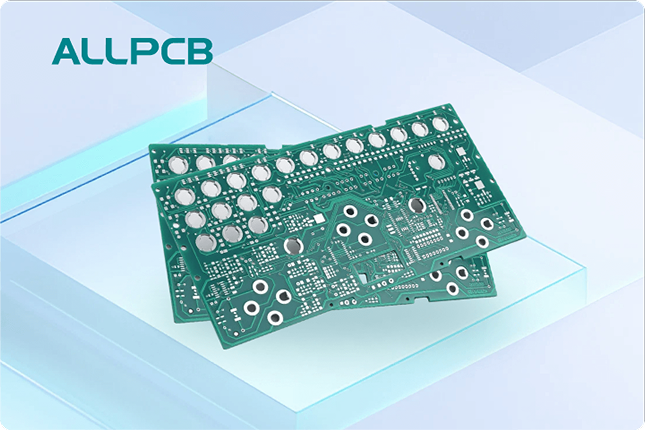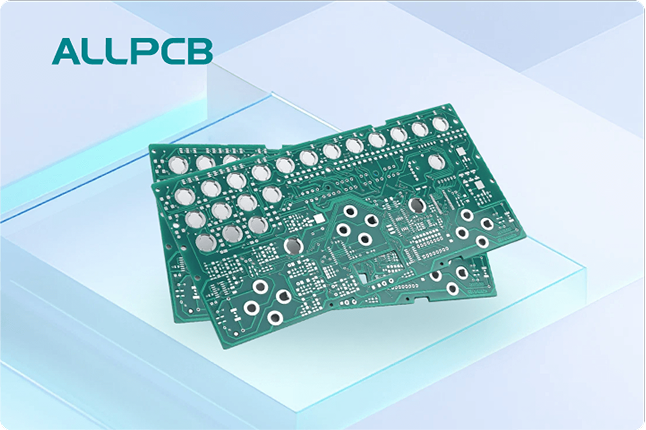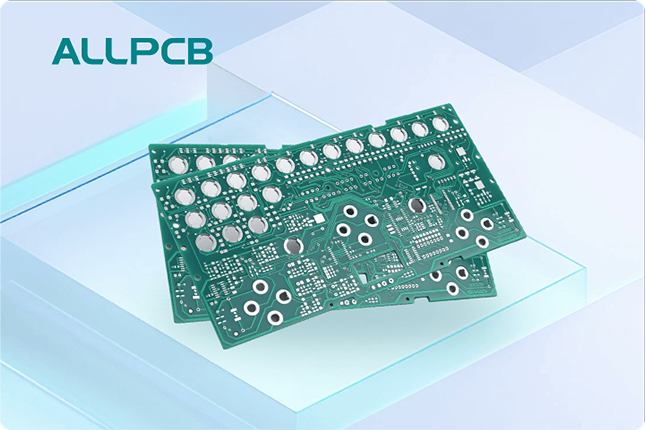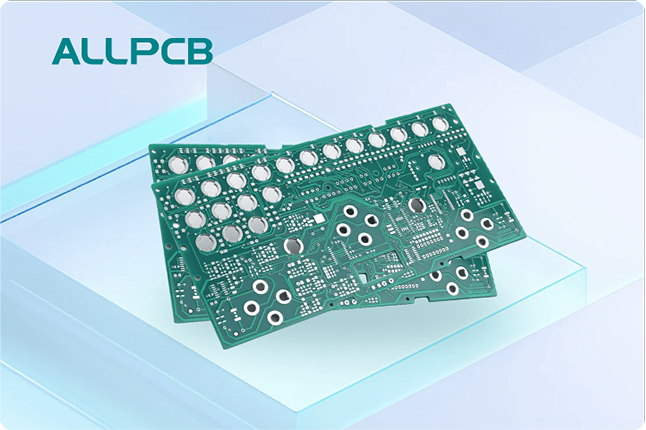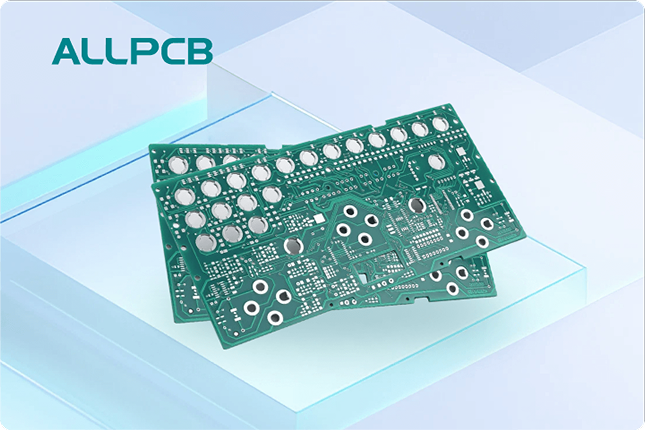In an era where environmental responsibility is more important than ever, the printed circuit board (PCB) industry faces growing scrutiny over sustainability claims. Many companies tout eco-friendly practices, but how can you separate genuine efforts from mere marketing tactics? This blog post dives deep into the issue of greenwashing in the PCB supply chain, offering practical ways to verify sustainability claims, ensure ethical sourcing, and promote a transparent PCB supply chain. Whether you're an engineer, a procurement specialist, or a business owner, you'll find actionable insights to make informed decisions about sustainable manufacturing.
At its core, greenwashing in the PCB supply chain refers to misleading claims about a company's environmental efforts. To combat this, verifying sustainability claims involves looking at certifications, auditing manufacturing processes, and demanding transparency. In the sections below, we’ll explore these strategies in detail, helping you navigate the complexities of ethical sourcing and sustainable practices in PCB production.
What Is Greenwashing in the PCB Supply Chain?
Greenwashing is a term used to describe when companies make exaggerated or false claims about their environmental responsibility to appear more eco-friendly than they are. In the PCB supply chain, this might look like a manufacturer claiming to use "green materials" without providing evidence or a supplier promising "zero-waste production" while ignoring harmful practices upstream.
The PCB industry has a significant environmental footprint. Manufacturing processes often involve hazardous chemicals, high energy consumption, and non-recyclable waste. According to industry estimates, producing a single square meter of PCB can generate up to 60 liters of wastewater filled with pollutants if not managed properly. When companies hide these impacts behind vague sustainability slogans, it erodes trust and misleads stakeholders who prioritize ethical sourcing.
Understanding greenwashing is the first step to ensuring you're partnering with truly sustainable suppliers. By recognizing the red flags—such as lack of data, unverified claims, or overly broad statements—you can begin to demand accountability and push for a more transparent PCB supply chain.

Why Sustainability Matters in PCB Manufacturing
Sustainability in PCB manufacturing isn't just a buzzword; it's a necessity. The production of PCBs involves several environmentally damaging processes, including the use of toxic chemicals like lead and brominated flame retardants, excessive water usage, and high energy demands. For instance, the etching process alone can consume thousands of liters of water per day in large-scale facilities, and improper disposal of chemical byproducts can contaminate local ecosystems.
Moreover, the push for sustainability aligns with global regulations. Standards like the Restriction of Hazardous Substances (RoHS) directive and the Waste Electrical and Electronic Equipment (WEEE) directive in the European Union mandate stricter controls on harmful materials and waste management. Non-compliance can result in hefty fines and restricted market access, making sustainable practices a business imperative.
Beyond regulations, adopting sustainable methods can reduce costs in the long run. Energy-efficient machinery and waste reduction techniques can lower operational expenses, while ethical sourcing builds trust with customers and partners. For engineers and businesses, prioritizing sustainability ensures that the products you design and manufacture contribute to a healthier planet.
How to Spot Greenwashing in the PCB Supply Chain
Identifying greenwashing in the PCB supply chain requires a critical eye. Here are some telltale signs to watch for:
- Vague Language: Claims like "eco-friendly" or "green manufacturing" without specific details or data are often empty promises. Look for measurable metrics, such as the percentage of recycled materials used or reductions in carbon emissions.
- Lack of Certifications: Reputable companies will have certifications like ISO 14001 for environmental management or adherence to RoHS standards. If a supplier can't provide proof of certification, their sustainability claims may be questionable.
- No Transparency: A transparent PCB supply chain involves clear documentation of sourcing, manufacturing, and waste management practices. If a supplier dodges questions about their processes, it’s a red flag.
- Overemphasis on Minor Efforts: Some companies highlight small, insignificant actions—like using recyclable packaging—while ignoring larger issues like toxic waste disposal. This selective storytelling is a common greenwashing tactic.
By staying vigilant for these warning signs, you can avoid partnering with suppliers who prioritize marketing over genuine environmental responsibility.
Verifying Sustainability Claims in PCB Production
Verifying sustainability claims in PCB production is crucial to ensuring you're working with ethical and responsible partners. Here are practical steps to take when evaluating a supplier's environmental commitments:
1. Request Detailed Documentation
Ask for specific reports on a supplier’s environmental impact. This could include data on energy consumption, water usage, or waste generation. For example, a credible supplier might report that their facility reduced energy use by 15% over the past year by adopting LED lighting and energy-efficient machinery. Without hard numbers, claims remain unverified.
2. Check for Third-Party Certifications
Look for certifications from recognized organizations. ISO 14001, for instance, ensures a company has an effective environmental management system. Similarly, compliance with RoHS indicates that hazardous substances are minimized in production. These certifications are often publicly verifiable through official databases or certification bodies.
3. Evaluate Material Sourcing
Ethical sourcing in PCB manufacturing means using materials that are responsibly mined or recycled. Ask suppliers if they use conflict-free minerals for components like tantalum, tin, tungsten, and gold. Additionally, inquire about the percentage of recycled copper or other materials in their boards. A supplier committed to sustainability will have clear answers and traceability for their raw materials.
4. Assess Waste Management Practices
Proper waste management is a cornerstone of sustainable manufacturing. Investigate how a supplier handles chemical byproducts, wastewater, and scrap materials. Do they have systems in place to recycle copper from etching processes? Are they treating wastewater to remove pollutants before discharge? A 2024 industry report highlighted that leading manufacturers can recycle up to 90% of copper waste, setting a benchmark for others to follow.
By taking these steps, you can confidently verify sustainability claims and ensure that your PCB supply chain aligns with ethical and environmental standards.
Building a Transparent PCB Supply Chain
Transparency is the foundation of trust in the PCB supply chain. A transparent PCB supply chain means full visibility into every stage of production—from raw material sourcing to final assembly. Here's how to foster transparency with your suppliers:
- Demand Supply Chain Mapping: Ask for a detailed map of where materials come from and where manufacturing processes take place. This helps identify potential risks, such as sourcing from regions with poor environmental or labor standards.
- Engage in Regular Communication: Maintain open lines of communication with suppliers to stay updated on their practices. Regular updates and site visits can reveal whether their operations match their claims.
- Use Blockchain for Traceability: Emerging technologies like blockchain can provide an immutable record of a product’s journey through the supply chain. While not yet widespread in the PCB industry, some forward-thinking companies are exploring this to enhance transparency.
A transparent PCB supply chain not only reduces the risk of greenwashing but also builds stronger, more reliable partnerships. It ensures that every stakeholder is accountable for their role in sustainable manufacturing.
Auditing Sustainable Manufacturing Practices
Auditing sustainable manufacturing practices is a hands-on way to ensure that a supplier’s actions match their promises. An audit involves a thorough review of a manufacturer’s processes, often conducted by a third-party expert. Here’s what to focus on during an audit:
1. Energy Efficiency
Check if the facility uses energy-efficient equipment and renewable energy sources. For example, modern PCB lamination machines can reduce power consumption by up to 20% compared to older models. Ask for energy usage logs to confirm their efficiency claims.
2. Chemical Usage and Disposal
Examine how chemicals are used and disposed of during production. Are they using lead-free solders and halogen-free laminates? Is wastewater treated to remove heavy metals before release? These details are critical to verifying sustainability.
3. Worker Safety and Labor Practices
Sustainable manufacturing isn’t just about the environment; it’s also about people. Ensure that workers are provided with safe conditions and fair wages. Ethical sourcing in PCB production includes protecting the rights of everyone involved in the supply chain.
4. Waste Reduction and Recycling
Assess the manufacturer’s waste reduction strategies. Are defective boards repurposed or recycled? Is there a program to reclaim valuable materials like gold and copper from scrap? Leading facilities often achieve recycling rates of over 85% for certain materials, a standard worth aiming for.
Conducting or commissioning an audit of sustainable manufacturing practices provides concrete evidence of a supplier’s commitment to the environment. It’s a proactive step toward eliminating greenwashing and fostering accountability.
The Future of Sustainable PCB Manufacturing
The PCB industry is evolving, with new technologies and practices paving the way for a greener future. Innovations like biodegradable substrates and recyclable base materials are gaining traction, as noted in recent industry analyses. For instance, some manufacturers are experimenting with bio-based epoxy resins that reduce reliance on petroleum-based materials, cutting down the carbon footprint by up to 30% in early trials.
Additionally, digital tools are making supply chains more transparent. Software platforms can track material origins and manufacturing processes in real-time, helping companies audit sustainable practices with greater accuracy. As regulations tighten and consumer demand for eco-friendly products grows, these advancements will become standard in the years ahead.
By staying informed about these trends, engineers and businesses can position themselves as leaders in sustainable PCB manufacturing, contributing to a healthier planet while meeting market demands.
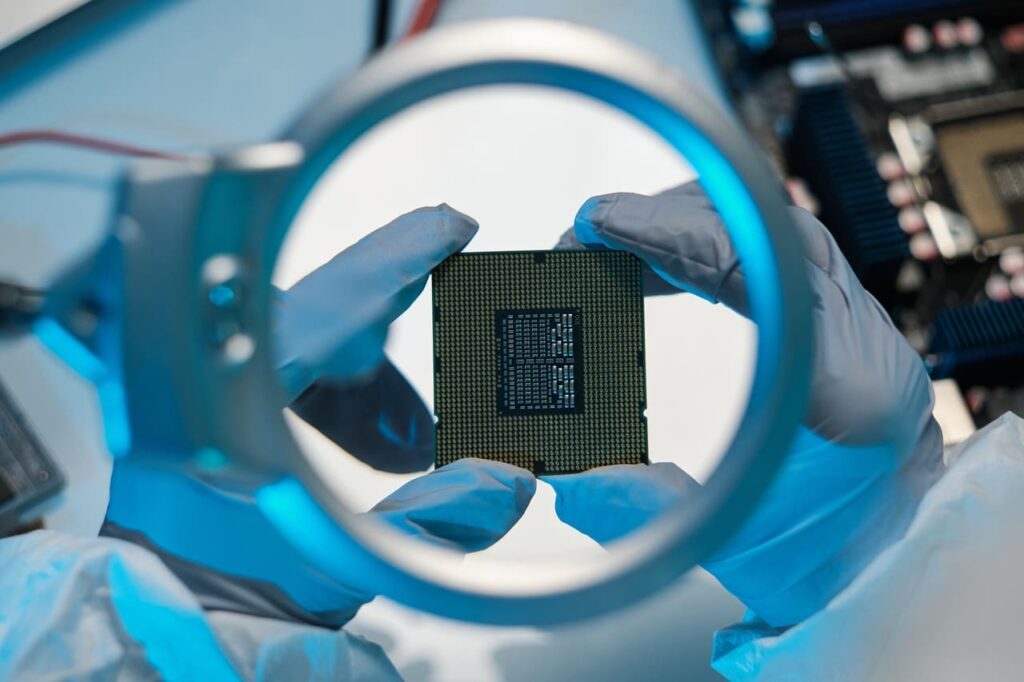
Conclusion: Moving Beyond Greenwashing
Greenwashing in the PCB supply chain is a pervasive issue, but it’s one that can be addressed with diligence and transparency. By verifying sustainability claims through documentation, certifications, and audits, you can ensure that your partners are genuinely committed to ethical sourcing and sustainable manufacturing. Building a transparent PCB supply chain not only combats greenwashing but also fosters trust and accountability across the industry.
As you navigate the complexities of PCB production, prioritize suppliers who back their claims with data and action. Whether it’s reducing waste, conserving energy, or sourcing materials responsibly, every step toward sustainability counts. Together, we can move beyond greenwashing and create a PCB industry that truly prioritizes the planet.
 ALLPCB
ALLPCB


